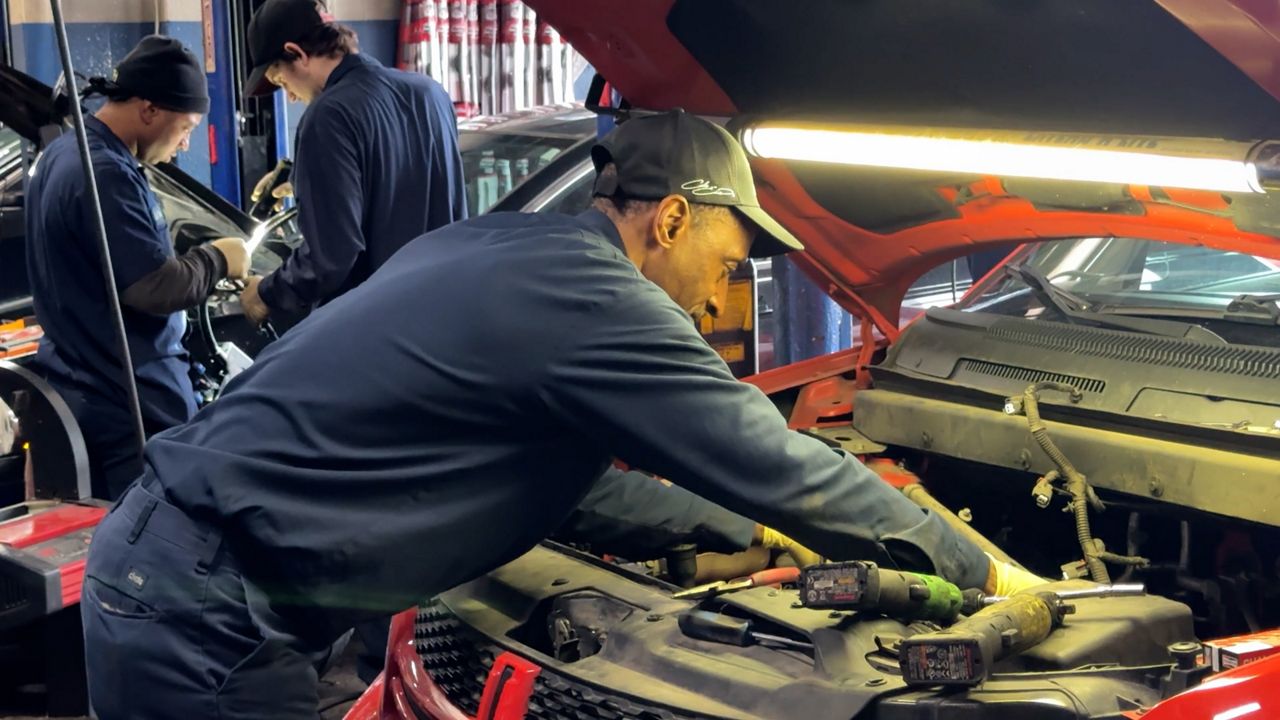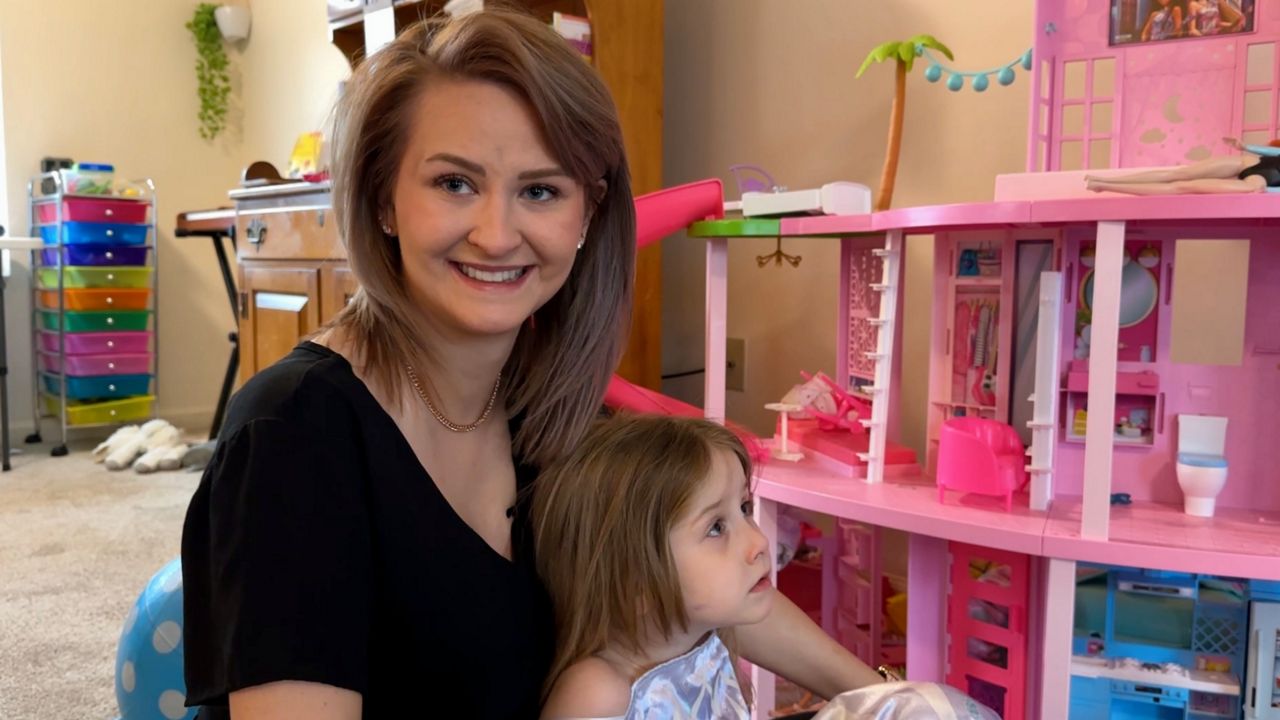EAST PALESTINE, Ohio — Christina Graves lives 1.2 miles from the train derailment crash site in East Palestine.
“It was like a sunset over the treetops,” Graves said, describing what she saw in Feb. 2023.
The small village that made big headlines when a fiery train derailment followed by a “vent and burn” operation that sent a massive plume of toxic smoke into the air.
“I don’t spend much time outside. I used to live for bringing my grandson outside during the nice weather. I don’t feel good about it. I don’t want him putting a leaf in his mouth or anything that a normal little kid would do,” Graves said. “It was just a nice rural property that had no concerns. Now, it’s different.”
Graves said she had a metallic taste in her mouth and that her hands and feet felt as though they were on fire immediately after the incident. While those symptoms have faded, fear about the impact on her health has not.
Case Western Reserve University said they set up a team as soon as they learned 11 of the cars that derailed were carrying hazardous materials like vinyl chloride.
“We’re looking at whether the chemical damage caused any kind of DNA mutation,” said Fredrick Schumacher, researcher and associate professor at CWRU.
He is trying to ease residents’ fears by studying the short and long-term health effects of chemical exposure from the derailment. CWRU is one of six research universities to receive an NIH grant to fund studies like this one.
“Anytime you have high-exposure rate, the body is going to respond and some of that response is DNA damage,” Schumacher said.
“Luckily, the human body will fix or repair any damage, but sometimes if you’re continuously being exposed, it accumulates and allows a mechanism towards disease,” he said.
Schumacher was already working with people who live in East Palestine before the university received the $280K in NIH funding.
He said some residents have experienced some lung issues including wheezing and more chronic issues like skin lesions, slow healing, gum bleeding. He said symptoms could be from the chemicals themselves or something else.
Schumacher is collecting blood samples, saliva, nails and hair from 200 people to check for DNA damage that’s beyond what you’d typically see.
“There is no world in which you blow up all those chemicals and create all that dioxin and there is nothing to see here,” Graves said.
Graves said she is happy to give those samples to learn more about her health, but also for her family.
“At the beginning, I wasn’t super worried about my health. I wanted to do what I could to protect my children’s health, but then I realized, I don’t want them to watch me die of something horrible,” Graves said.
The study is still accepting volunteers, including those who may not be experiencing symptoms.










